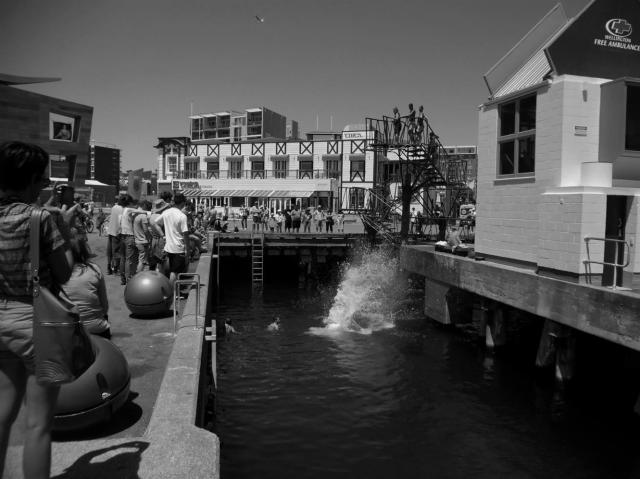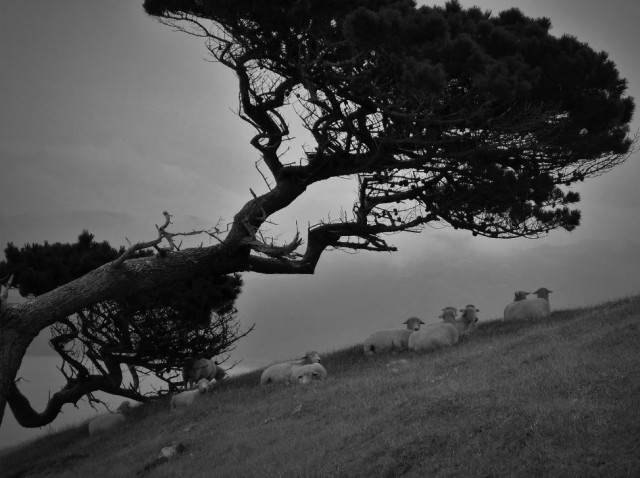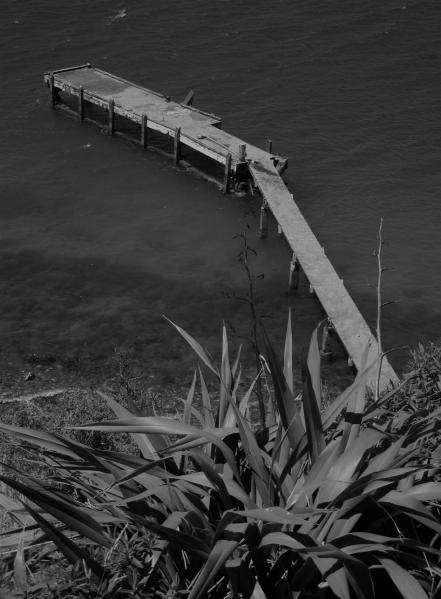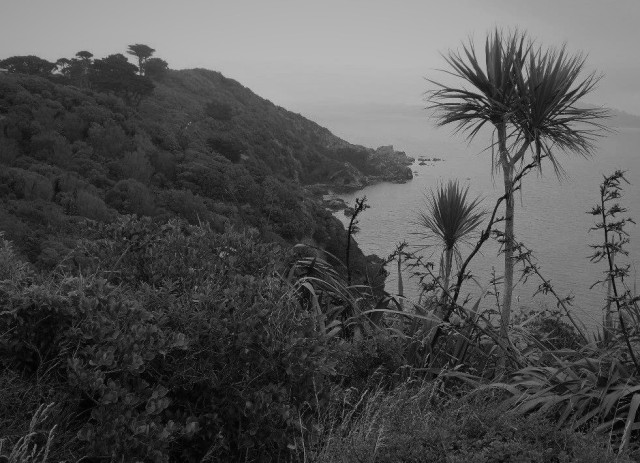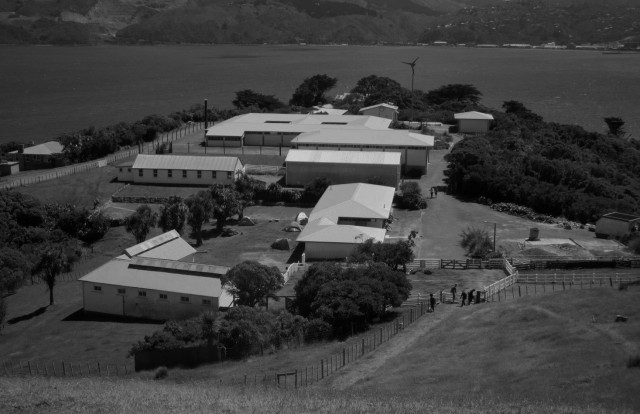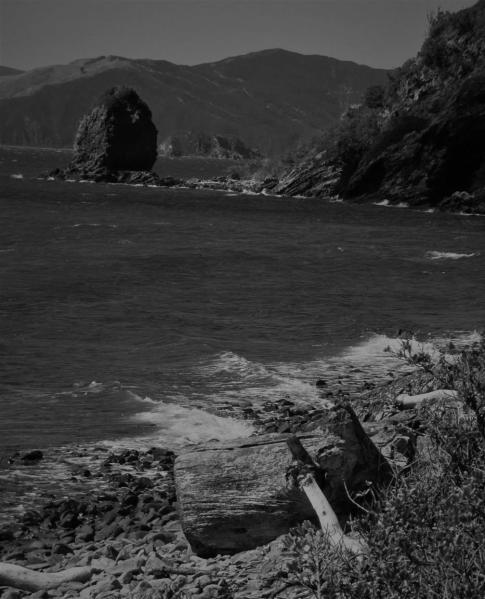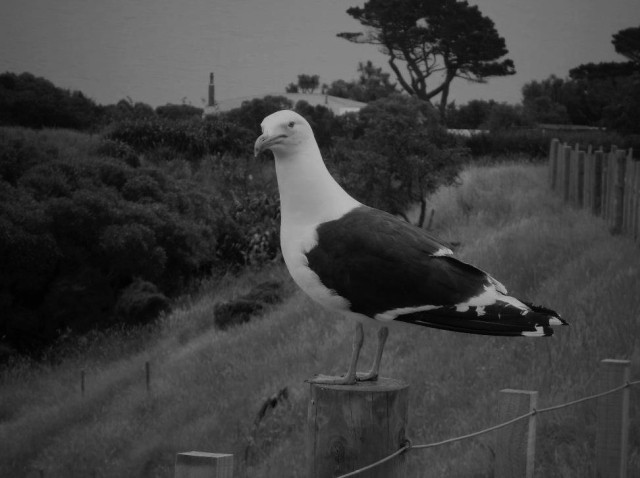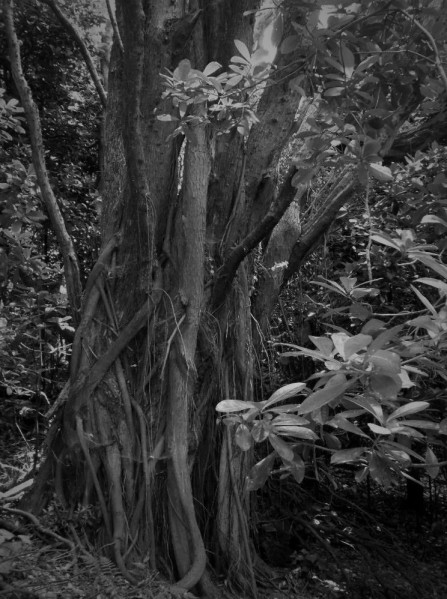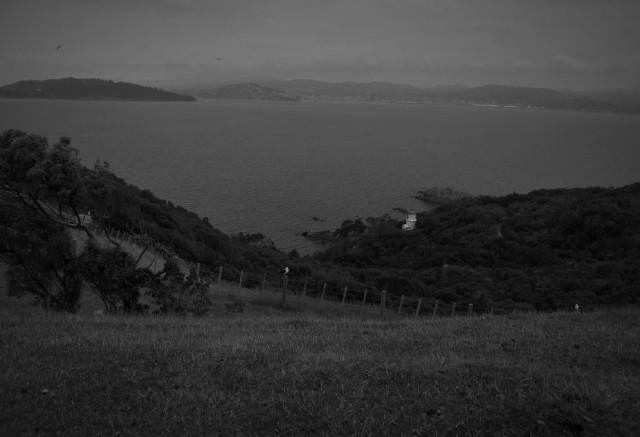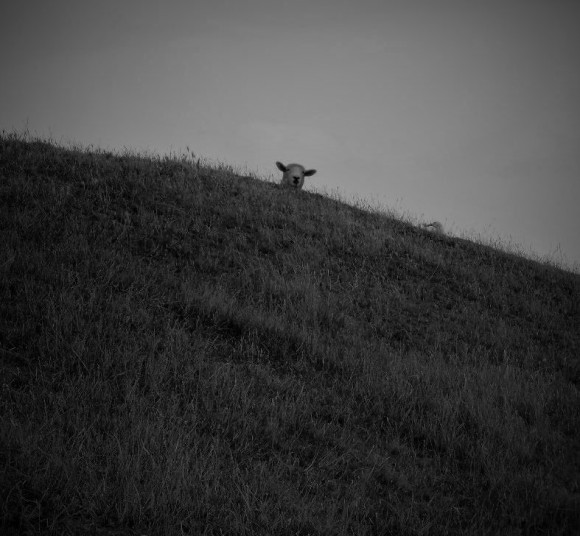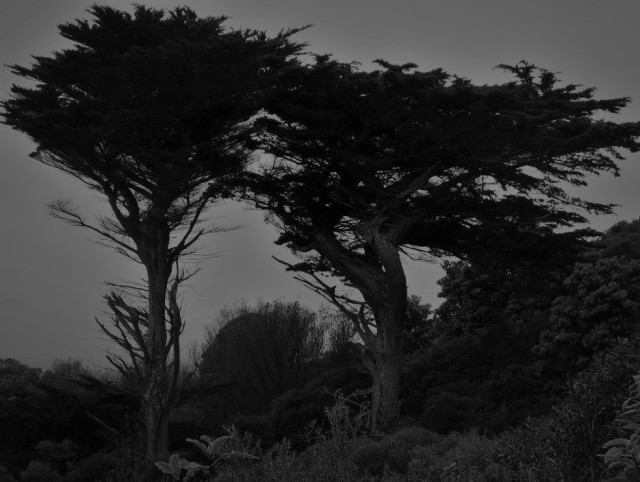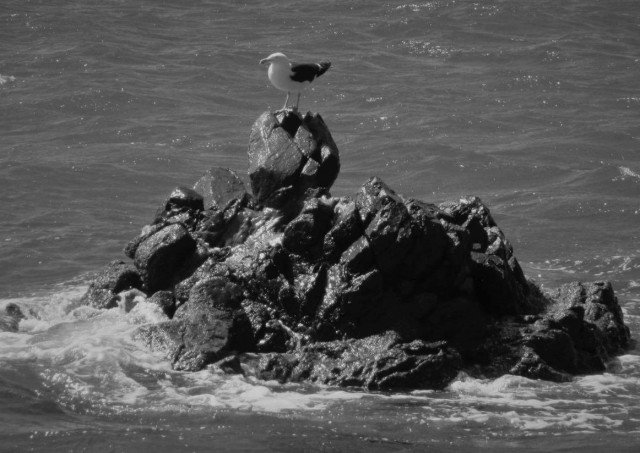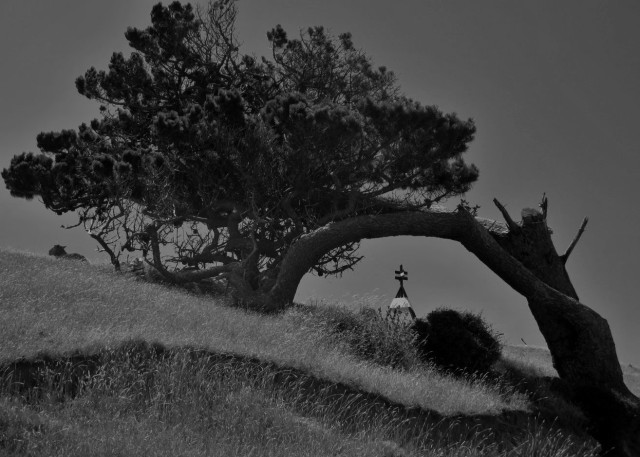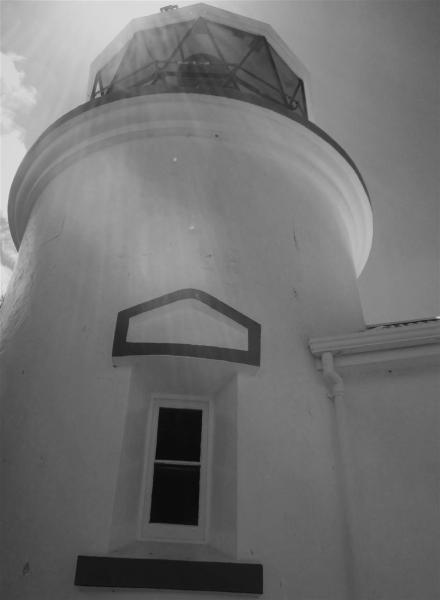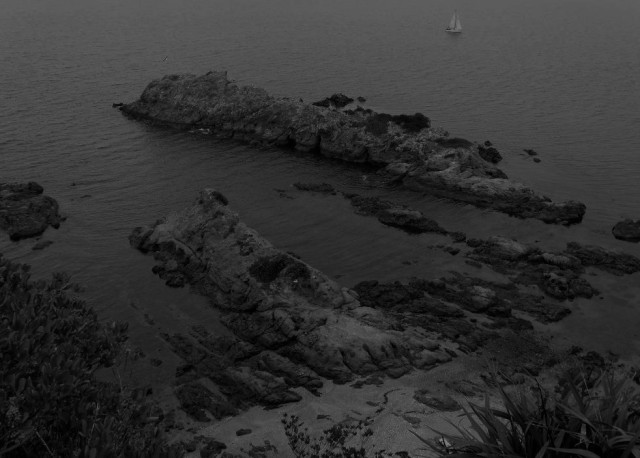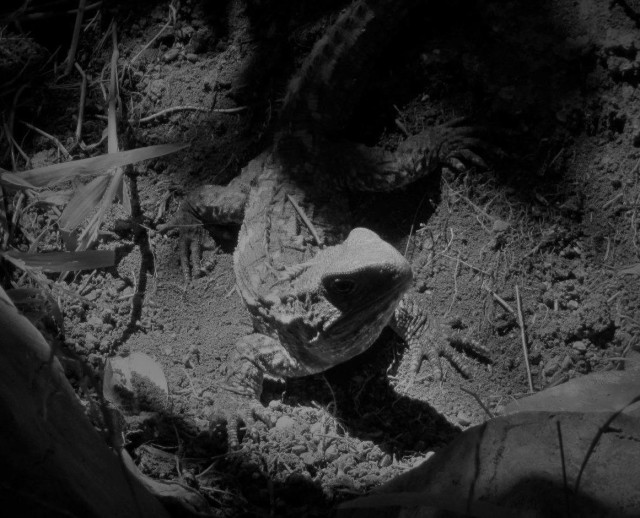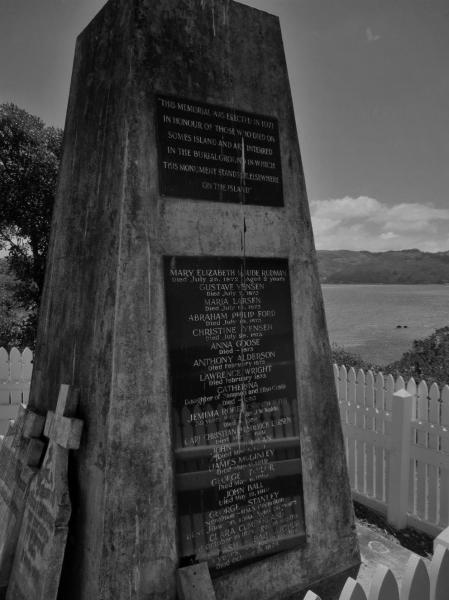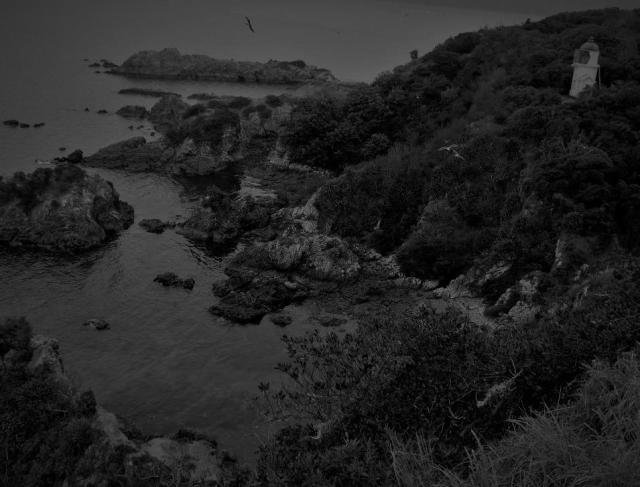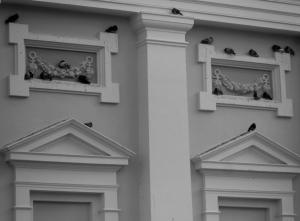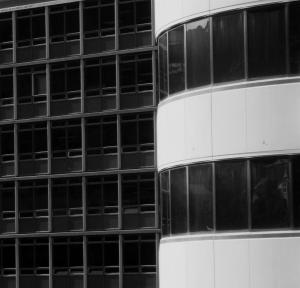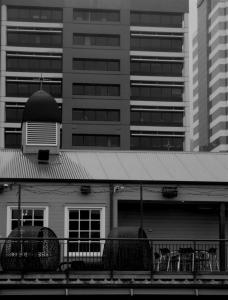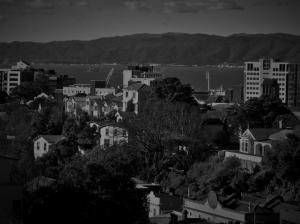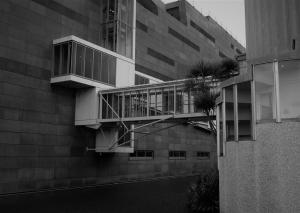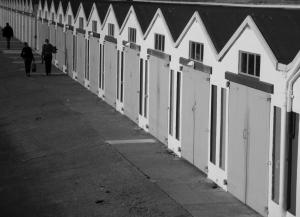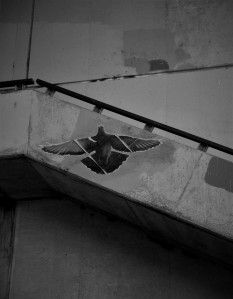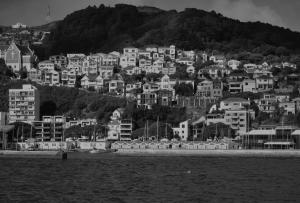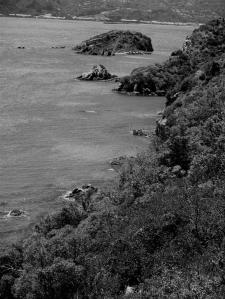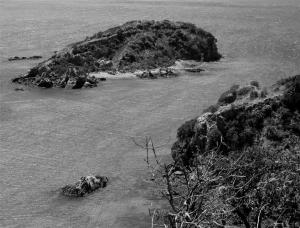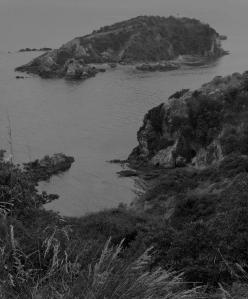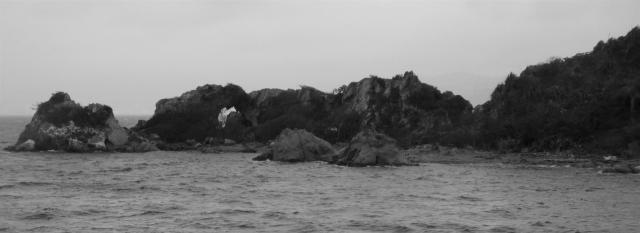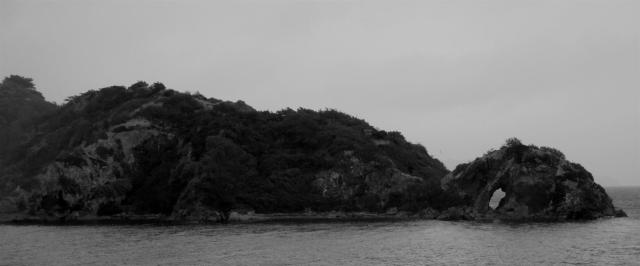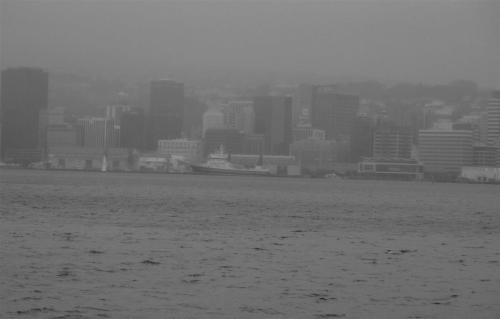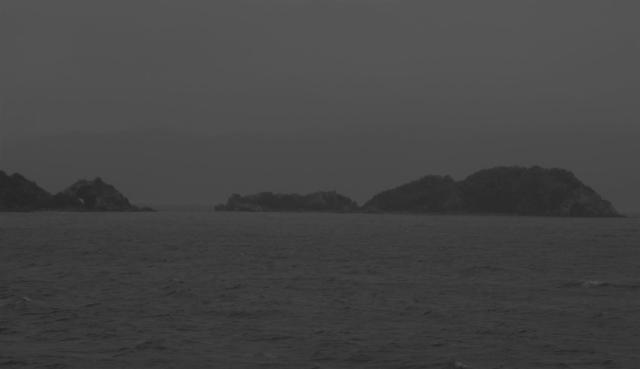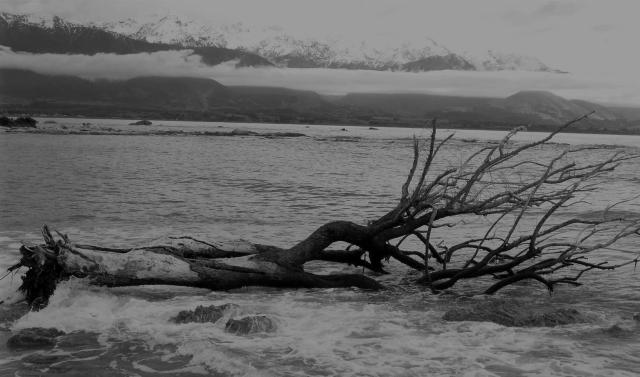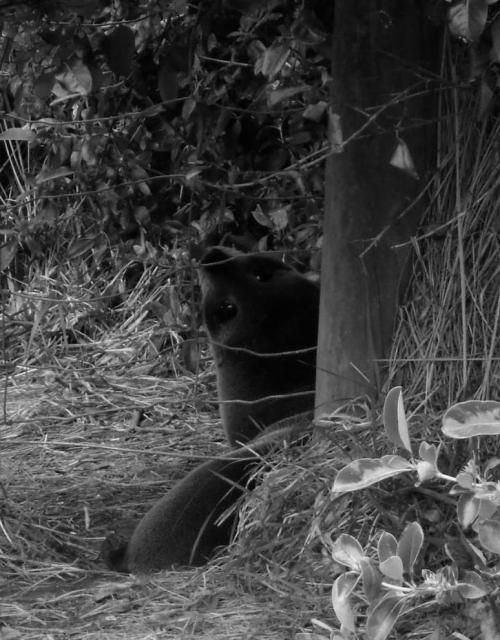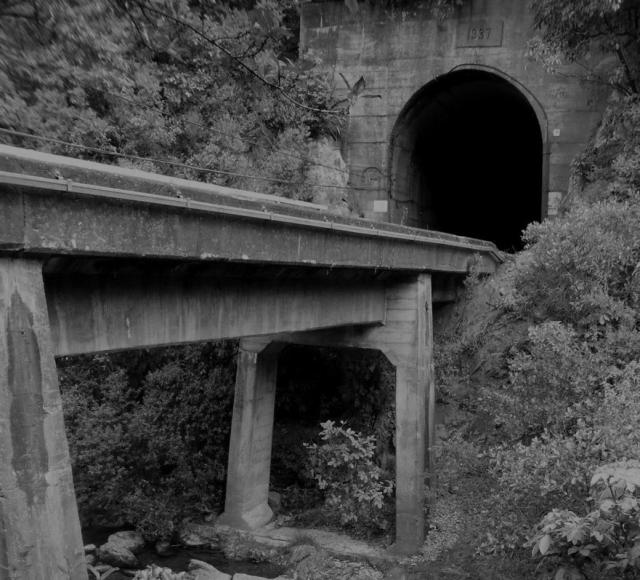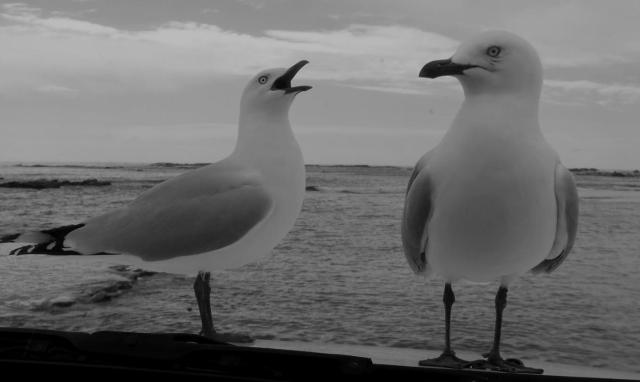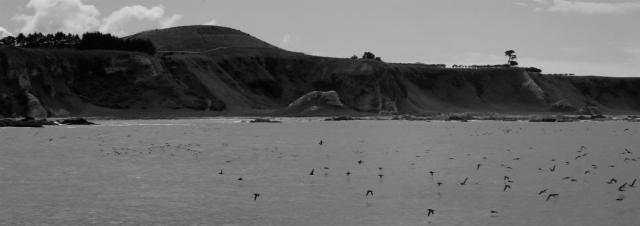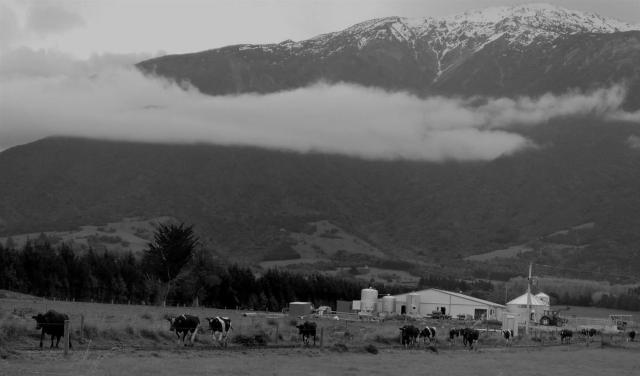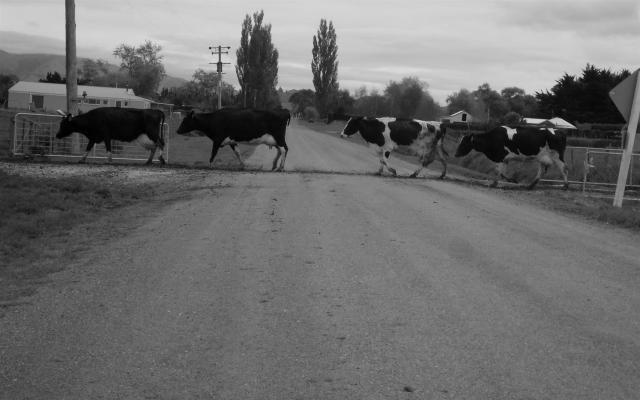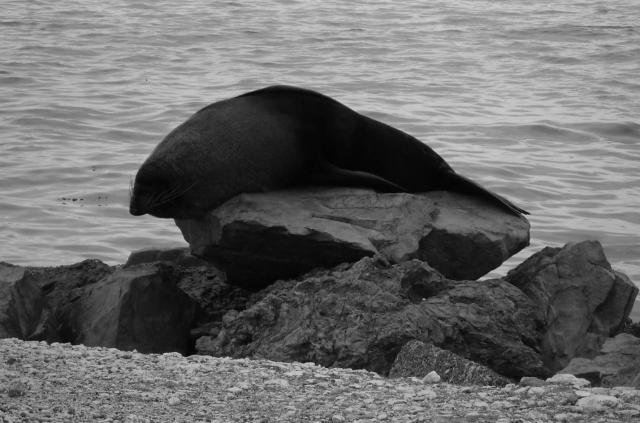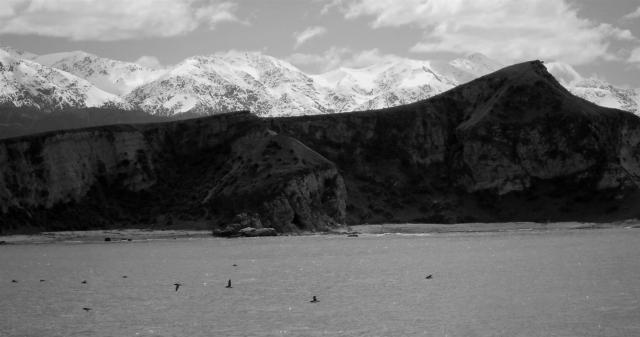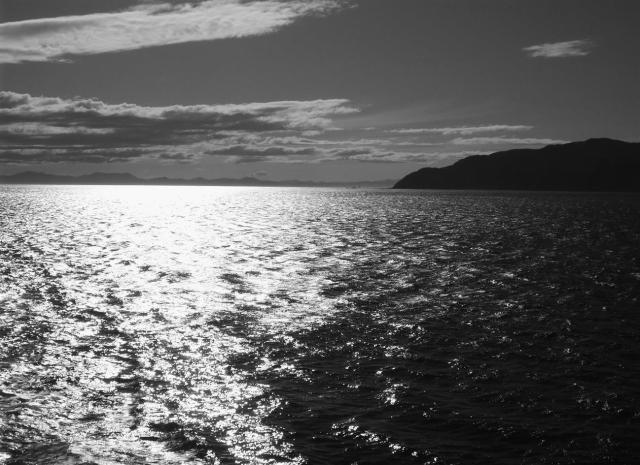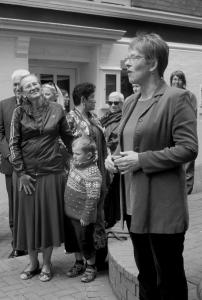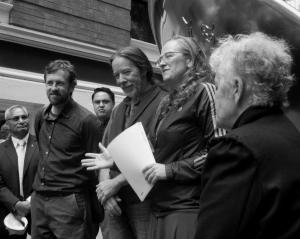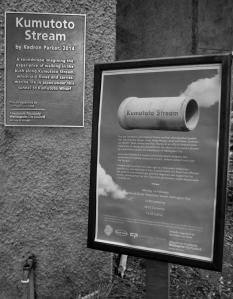Last month I had the pleasure of attending the inaugural lecture by Penny Allan, a Landscape Architecture professor at Victoria University of Wellington. Titled Designing for Disaster, Professor Allan’s talk drew extensively from her expertise in the area of urban design, particularly that which emphasises resilience, intelligently planning for disruptive events to mitigate their negative impacts on our lives.
I’ve noted in a previous post, that resilience is often considered one of the three pillars, along with sustainability and liveability, that underpins effective urban design – in that particular case, Water Sensitive Urban design (WSUD). A follow-on blog on the Urban Nexus raised resilience as part of a short-list of city-centric analytical themes highlighting the significance of place awareness within the urban context. In the case of disruption like that associated with a natural disaster, I suggested that a well-developed sense of place could serve as a pathway back to the familiar or, when place triggers were irreparably damaged, to new levels of locational awareness.
With these ideas in mind I was keen to attend Professor Allan’s lecture and to see, either blatantly or subtly, if she acknowledged sense of place as a key element of her treatise on resilience design.
In many ways Professor Allan’s lecture was a call to action within the professional community, to more deliberately incorporate resilience into the urban planning process. By including robust design principals that acknowledged the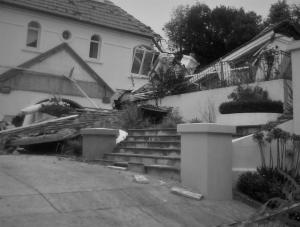 possibility of disruption as a matter of course, such informed planning would well prove its worth in the event of disaster. Historically she suggested, much of this work was implemented after the fact, when a disaster had recently shaken, shifted or submerged traditional thinking along with the physical surroundings and for a time anyway, opened minds to new ways of rebuilding.
possibility of disruption as a matter of course, such informed planning would well prove its worth in the event of disaster. Historically she suggested, much of this work was implemented after the fact, when a disaster had recently shaken, shifted or submerged traditional thinking along with the physical surroundings and for a time anyway, opened minds to new ways of rebuilding.
Therein lies the problem of course. Prior to a disaster, the effects of a significantly disruptive event and the urban planning considerations that might need to be considered are speculative. They are associated moreover with an event that might never happen at all, certainly not within the lifetime of several generations into the future. Motivating a politician with the power or a developer with the budget to incorporate resilience design, potentially at greater monetary cost or project duration, is a difficult task to say the least when facing those realities.
As with any such large scale and long-incubated problem, the solution resides ultimately within a shift in thinking. No amount of justifying the status quo makes that go away. At some point minds have to be changed and completely new ways of thinking about and doing things have to be implemented as practice.
In the case of urban design, that means adopting, not just as academic exercise but as genuine, in-the-city-offices operational practice, new ways of conceptualising cities and the lives of the residents and visitors within its boundary and extended areas of influence. It means taking that new level of thinking, incorporating it into best practice design and then applying that design as an integral and invaluable part of the planning process.
There are numerous models of cities, how they form, grow, ultimately embed themselves within and across the natural landscape and I’m certain I studied most all of them as part of my geography qualifications, but in her talk Professor Allan made an interesting observation about a couple of well-known models and their expression locally, in Wellington’s history. She suggested that Wellington’s inception and subsequent maturity was influenced more by the so-called machine growth model rather than an organic growth model.
A detailed discussion of these models and their manifestations in the Wellington context is beyond the scope of this blog (and frankly, well beyond the abilities of my academic memory), but there was one observation in the lecture – the juxtaposition of an urban grid on a highly variable and steeply-sloped local topography – that highlights the underlying ideas nicely from a planning perspective and also creates some interesting linkages to the role of place awareness in such processes.
A look at early maps of Port Nicholson/Wellington demonstrates clearly the adoption of a traditional, European-based grid layout and one that had been devised with no real consideration of or even awareness of the local topography. As the original settlement was planned for across the harbour from the current Wellington CBD, at the site today of Petone, the introduced plan might have represented a more logical fit.
Positioned in a fairly broad valley at the mouth of the Hutt River, the local topography there is relatively flat and conducive to a geometric grid of streets and properties. But that location and its proclivity to serious flooding resulted in a move of the settlement across the harbour to the much more topographically varied and current site of central Wellington.
The grid remained however, and the result of this enforced, somewhat dogmatic attachment to traditional urban planning approaches of the day, as Professor Allan noted, was the unique layout that is modern Wellington.
There is a clear argument here to be made for a more environmentally sensitive approach to urban planning and the lack of consideration of local geography. The presence throughout Wellington of impossible grades, blind approaches, woefully-narrow streets and an utter reliance on a single, risk-exposed primary transportation artery into and out of the city all speak to that.
But likewise the collocation of foreign approaches to a city plan and indigenous geography make for a very 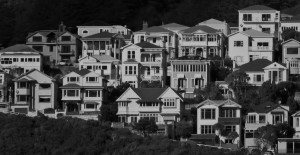 interesting urban context indeed. The experience of Wellington I think would not be the same without the dramatic harbour views afforded a large majority of its commercial and residential properties, the intricate and hidden spaces distributed liberally and waiting to be discovered amongst its hilly real estate and the endlessly fascinating ways people have positioned their houses within that topographic context.
interesting urban context indeed. The experience of Wellington I think would not be the same without the dramatic harbour views afforded a large majority of its commercial and residential properties, the intricate and hidden spaces distributed liberally and waiting to be discovered amongst its hilly real estate and the endlessly fascinating ways people have positioned their houses within that topographic context.
And it is this perspective I believe that Professor Allan was in the end espousing. For in the final moments of her talk she made the case for the return of something “organic” within urban design, not so much as the expression of a formal urban growth model, as a recognition of local natural environmental conditions which must be part of the design and planning of cities situated in those environments.
Her argument, couched as it was in the broader context of urban resilience, centred on the fact that a design approach incorporating the local natural provides a heightened level of protection, an increased capacity to cope with the disruption of a disaster. Green belts for instance provide buffers, shock absorbers if you will to the physical effects of floods, tsunami run-up, fires and earthquake building destruction – spaces to gather away from the direct effects of these events. Even purposefully designed wide roads, as she demonstrated through the example of the devastating 1906 San Francisco earthquake, provided an invaluable space for people to gather and continue their lives, still in their familiar neighbourhoods but away from the direct danger of compromised buildings, fires and the lingering effects of aftershocks.
In the rush for continual advancement, motivated by a desire to persistently push the envelope of building design, Professor Allan argued, basic considerations of urban existence are often overlooked. It might represent a shift in thinking, or perhaps a return to approaches lost some time ago in the seductive whirl of modern technological developments, but there needs to be a reconsideration of a city as a construct meant to support the well-being of its residents and visitors.
And it is the disruptive effects of a disaster that at once so effectively highlight the importance of that idea, whilst also representing the potential to overwhelm it. All the more reason therefore to incorporate a common-sense, resilience-based approach to design, one that leverages the inherent, locally-forged benefits and protective capabilities of the natural environment as a core element of planning.
In doing so, Professor Allan noted, not only are the effects of disasters mitigated on a practical level, but community connections to landscapes are acknowledged and reactivated. It is intelligent resilience design she suggested that serves as the all-important bridge between the well-considered ideas of planning and the urgent and overwhelming realities of recovery.
While her closing idea of connections to landscapes was clearly related, I acknowledged numerous points made by Professor Allan in the course of her lecture that resonated closely with sense of place. I don’t recall a literal use of that phrase, but it was certainly present as an underlying idea for much of what she had to say and likewise could springboard into its own discourse from several of the topics she covered.
The Wellington urban grid superimposed on generally steep and highly variable local topography, for instance.
Without requiring much research, this situation can reasonably be considered a lack of place awareness amongst the settlement’s planners. Not too surprising in the historical context as New Zealand was quite literally on the opposite side of the globe, transport to this place by ship was arduous to say the least, and in its differences from northern Europe the land and indigenous peoples were utterly alien. So very little therefore in the way of direct experience or even accounts of those with direct experience to employ in the development of a meaningful sense of place. But as Professor Allan demonstrated, Wellington exists as a testament nonetheless to the significance within urban planning and design of a connection to and an awareness of local geography.
As with all things related to sense of place, however, the story is not that simple. For the city came to be, succeeded despite its far-flung location, matured, changed, integrated with its landscapes in new ways and everything in terms of place awareness has become increasingly nuanced.
By its very nature sense of place is emergent and therefore evolves along with the conditions that give it life. Whilst the grid plan may not have been the best approach to the hilly settlement on the shores of Wellington Harbour, it is what the residents have had to work with and it has shaped just what Wellington has become these 175 years later. And that in turn has influenced the various levels of place awareness amongst its resident communities.
I would argue that whilst there is certainly room for improvement, Wellington compared to many cities does incorporate the natural environment as part of its layout. Regional, community and conservation parks are commonplace, greenbelts permeate the urban core and progress is being made to expand and connect even more of these natural corridors throughout the metro region. And of course nearly everywhere is access to the ever-present foreshore and coast.
Again, though there are obvious problems that persist, I think awareness of potential natural disasters and therefore an acknowledgement at least of the need for resilience planning is quite high amongst Wellingtonians. Sitting astride an active earthquake fault will have that effect.
Professor Allan noted one particularly illustrative example in her talk: the painted tsunami “blue lines” marking evacuation safe zones at the south coast. Based on the contour associated with the maximum potential run-up height for a tsunami following a major earthquake, the blue lines are physical reminders, straddling streets and footpaths, of the potential for a natural disaster in this location.
Leveraging the scarce stretch of flat terrain in the area, South Coast communities like Island Bay have been densely settled. But it is that same topography, with relatively gentle run-ups from the coast, combined with the high frequency of earthquakes locally, that expose those dense populations to inundation by a tsunami surge.
The actual effectiveness of the blue lines as an evacuation aid and the accuracy of their placement on the landscape has been called into question, but these physical markers have undoubtedly lifted levels of cognisance. They have in the first case highlighted what is often the overlooked danger of a tsunami when compared to the potential disruption of its source earthquake. But in doing so they have also increased awareness of the local environment, in this case the south coast area of Wellington. As such they serve as something of a resilience-based urban design element and as a connection point for heightened sense of place. In doing so they demonstrate the way these ideas are closely linked and the way place awareness permeates all such considerations that involve the local urban context.
Employing Professor Allan’s ideas that cities need to be re-considered as systems for well-being, and that when considered from the perspective of disaster resilience and the potential therefore to promote adaptive behaviours not only protecting but improving quality of life, I remain firmly convinced that sense of place has a critical role to play.
Whether or not it is a realistic attitude in a given disaster situation, a primary motivation for those dealing with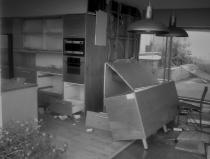 the associated massive level of disruption to their lives is a return, as rapidly as possible, to some level of normalcy. In that context, where so much has been so drastically altered in just a moment of time, normalcy often means little more than the familiar.
the associated massive level of disruption to their lives is a return, as rapidly as possible, to some level of normalcy. In that context, where so much has been so drastically altered in just a moment of time, normalcy often means little more than the familiar.
Our sense of place is deeply rooted and when it is taken from us and likewise when it is shown to us once again, we know it. To understand exactly what has been taken or what we might slowly recapture and reestablish over time, however, requires awareness – an awareness of the subtleties of our physical landscapes and built environment, the visual cues, the ambient sounds and smells, the touch of the wind; an awareness too of our presence in those places and that of others with whom we interact or those we merely observe.
All of these components of heightened place awareness lead us to more meaningful and therefore more resilient connections to our locations. And it is that tapestry of connections, the inherent desire to maintain them for our individual and collective well-being, that forms the basis and serves as a critical driver for purposeful and successful urban design.

